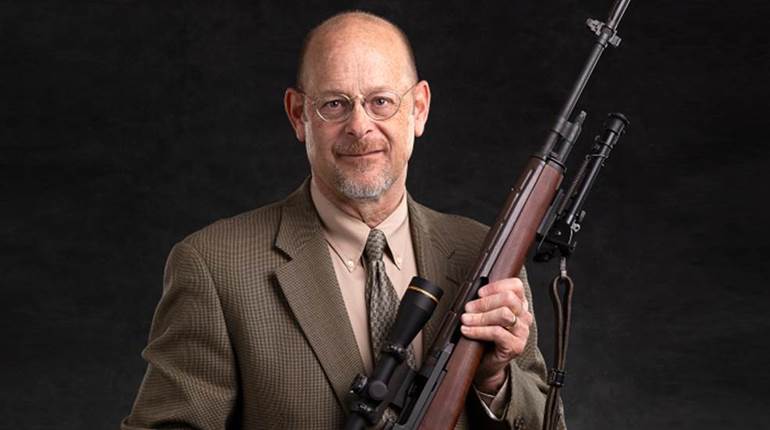
Many nations have enacted regulations that limit the possession of firearms and ammunition by their citizens—Thank God for the 2nd amendment. Some governments choose to prohibit just the possession of military caliber guns and ammo for civilian use. Regardless of intent or means of achieving same, this practice of no military guns in civilian hands sets clever minds a’working to evade the statute. American handgun aficionados are aware of the popularity of the 1911 pistol and .45 ACP cartridge in Central and South America, where it is often prohibited for civilians. In Mexico particularly, the answer is a 1911, but chambered in the .38 Super cartridge. An unknown, but significantly large portion of all Colt .38 Super pistol ended up south of the border and probably will continue to do so.
But the .38 Super is a long ways from the .45 ACP in the ballistic sense. When a similar situation arose in Europe in the early 1980s, clever minds devised a way to come up with a cartridge that would reproduce the exterior and terminal ballistics of the .45 ACP by developing a .45 round that would not fit into the chamber of a .45 ACP. Called the .45 HP, the round had a case almost identical to the.45 ACP, except in length. The round was shorter by about a millimeter and worked fine in a chamber cut deep enough to take it, but no deeper. If the chamber were deeper, a man could use .45 ACP ammo.
To deal with possible feeding issues, the .45 HP bullet was seated out of the case just a little in order to give the same overall cartridge length—1911 magazines worked fine. Pressures were slightly higher, which produced a little more velocity, around the 860 fps range. Also, the.45 HP was fitted with a small rifle primer. For a time, it looked like the round might do pretty well, with Geco, Fiocchi and Hirtenberger all making ammo with the 230-grain FMJ bullet. Colt may have made some retrofit .45 HP barrels, but I am unable to find any verifiable source that says they made complete guns.
It was a different thing at Smith & Wesson, which had just got into the big pistol business with the 645 and 4506. The Springfield, Massachusetts designers found that they could create a working .45 HP by installing a stock barrel, chambered for the HP cartridge. No other changes to breech face, extractor, etc. were necessary. An executive working at S&W at that time estimates that no more than a couple of hundred guns made for an Italian distributor in the late 1980s. It seems like a great deal of trouble just to get around government red tape.





































